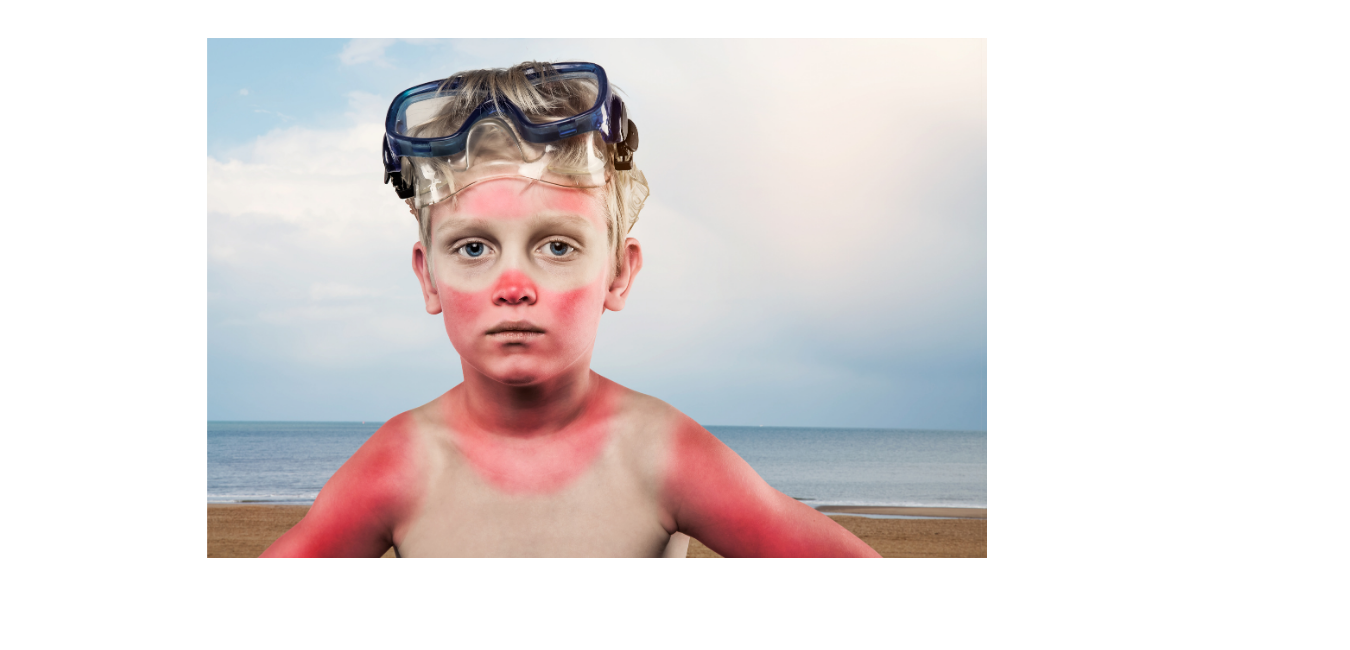Sunscreens - Mini Guide to Protection from the sun and its UV radiation

Sunscreens - Protection from the sun and its ultraviolet radiation
Sunscreens are one of the most basic products for protecting the skin from the sun and its ultraviolet radiation. Sun protection is a key issue that each of us should pay special attention to. After all, the effects of solar radiation on the skin can lead to significant problems. Let's look at some more detailed information about the sun, the effects it can have on humans and of course the ways to properly protect yourself from it.
Sun protection
You may have heard the terms UVA, UVB and UVC. They relate to the composition of UV solar radiation and range between 200 and 400 nm (nanometers). These three types of UV radiation behave differently, namely:
UVA: The radiation between 320 and 400nm is responsible for photoaging, skin allergies after exposure to the sun, pigmentation disorders such as chloasma and spots but also melanomas as it penetrates deep into the skin and is not limited by simple sunscreens.
UVB: Radiation ranging between 290 and 320nm, provides vitamin D and tanning but can cause burns, allergic reactions and skin cancer.
UVC: The radiation that varies between 200 and 200nm and does not reach the earth's surface since it is absorbed by ozone and carbon dioxide.
Ultraviolet UV rays account for about 5% of all solar radiation that reaches the earth's surface. In particular, of the total UV radiation, 94.9% corresponds to UVA and 5.1% to UVB, which is even more dangerous. UVA solar radiation can penetrate clouds and glass and remains relatively unchanged throughout next year. In contrast, UVB cannot pass through glass and clouds, however it can penetrate the skin and cause more significant damage such as skin cancer.
 Effect of the sun on the skin
Effect of the sun on the skin
One reason why sunscreen products are particularly important is the negative effects the sun can have on human health. Certainly the benefits are enormous, but intense exposure to solar radiation can have negative effects. The two main ones are photoaging and photocarcinogenesis.
Photoaging is mainly caused by the reduction of collagen and elastin, resulting in sagging of the skin. Thus, the result is a loss of firmness and an increase in the appearance of wrinkles. Photoaging also causes changes in the skin such as spots, varicose veins, thickening , deep wrinkling and malignant tumors to a greater extent than normal skin aging would cause.
The deterioration of the skin, from exposure to the sun, occurs gradually and over time, these damages add up and at some point the skin cells may begin to reproduce uncontrollably, triggering the appearance of cancer. One of them is skin cancer which can appear as:
- Basal cell epithelioma (not intoxicating)
- Squamous cell epithelioma (intoxicated rarely)
- Melanoma (gets drunk prematurely)
Sunscreens and sun protection
Sunscreens are protection products from the sun and its radiation.
In particular, it is a means of local photoprotection with an anti-erythematogenic effect. There are about 50 different substances with sunscreen properties and they are classified into two categories:
Chemical sun filters that absorb UV radiation.
The natural Sun filters that reflect and scatter UV rays.
In the majority of cases, sunscreen products are about protection against UVB radiation. In case you want a UVA protection product, there should be special labeling. In particular, this seal indicates the protection index for UVA which is equal to 1/3 of the protection index for UVB.
.png?1619816031021)
What is SPF and what is its role?
The sun protection index refers to the sun's UVB radiation and is called SPF (Sun Protection Factor). As you already know, when you're looking to buy a sunscreen, you look at its SPF. This can range from 10 to 50 SPF and represents the duration of protection, not the "quality" of protection.
But what does this mean? To make it easier to understand, think of buying a product with an SPF of 50. This means that your body can be exposed to 50 times more UVB with that particular sunscreen before your skin starts to turn red. Thus, if for example under the sun you would redden in 10 minutes, with an SPF 50 sunscreen you would redden in 500 minutes. So the SPF index can be calculated from the time of onset of erythema (ie from the time until the reddening of the skin). However, DNA damage is caused much earlier than this time, so of course it is theoretical and dermatologists recommend renewing the sunscreen approximately every 2 hours.
Sunscreen categories based on the SPF protection index
Based on the SPF protection index, the sunscreens you will find in our pharmacy and generally in the trade are classified into 4 categories:
- Low Protection with a protection index of 6 to 10 SPF
- Medium Protection with a protection index of 15 to 25 SPF
- High Protection with an index of 30 to 50 SPF
- Very high protection with an index greater than 50 SPF
Now that you know the basic information about sunscreens and the important work they do, you should never neglect their use again. In addition, for even greater protection from the sun, it would be good not to be exposed during the dangerous hours (11:00 - 15:00), to have appropriate clothing and to choose a sunscreen with a high protection index that you will renew every 2 hours.
- 185 Pelopida, Peristeri 12137 Athens
- 2105738672
- Mon - Fri 08:30-14:30 & 17:30 - 20:30
Sat 10:00 - 14:30 - info@pharmacy4cure.gr
- Contact form
- Open on map

